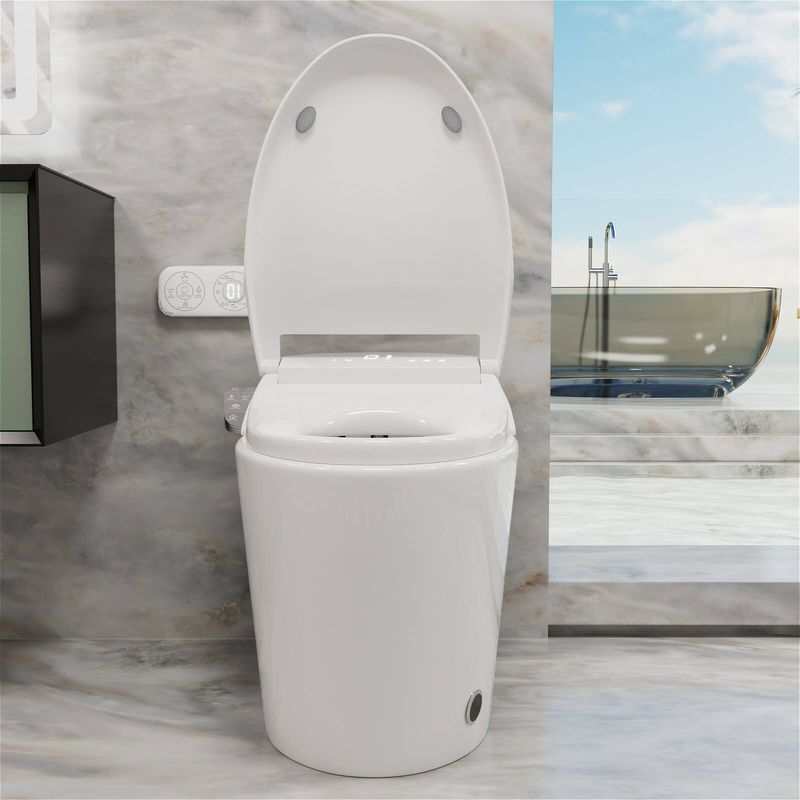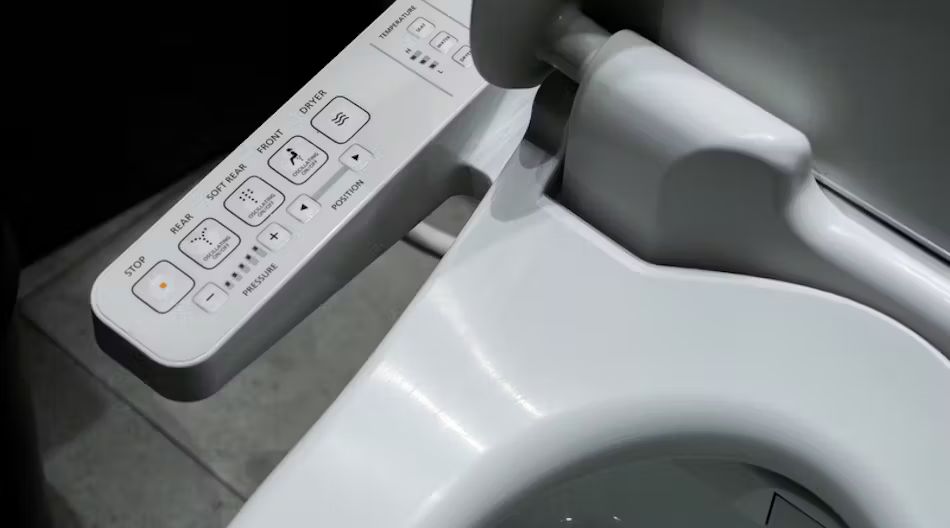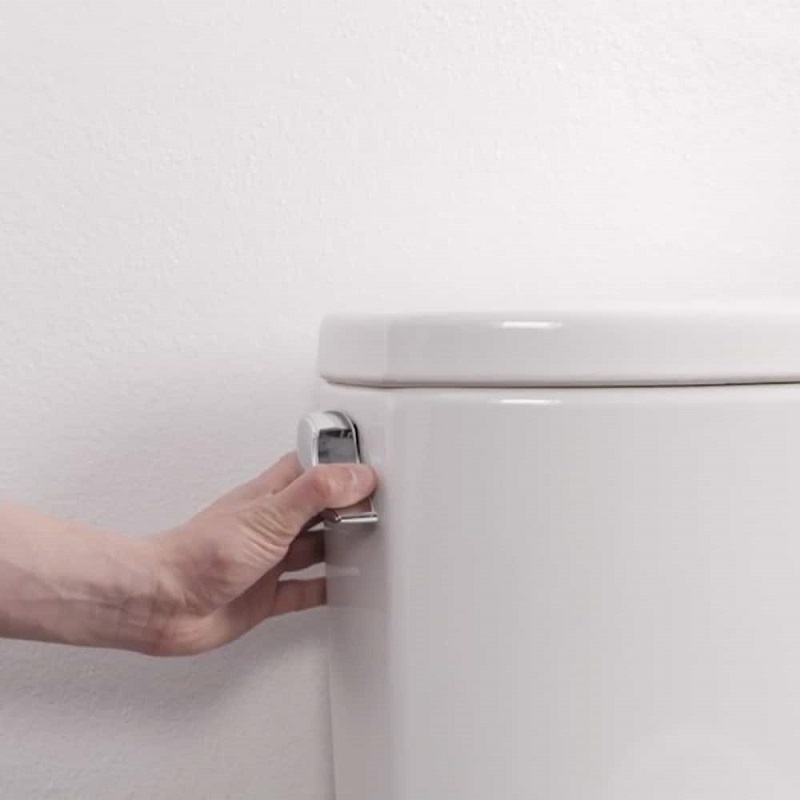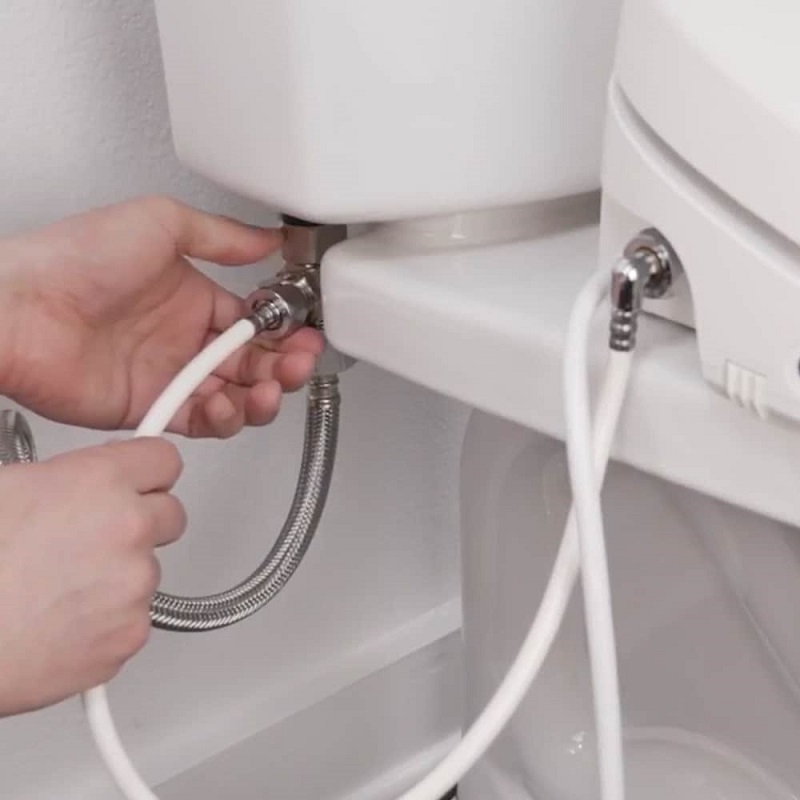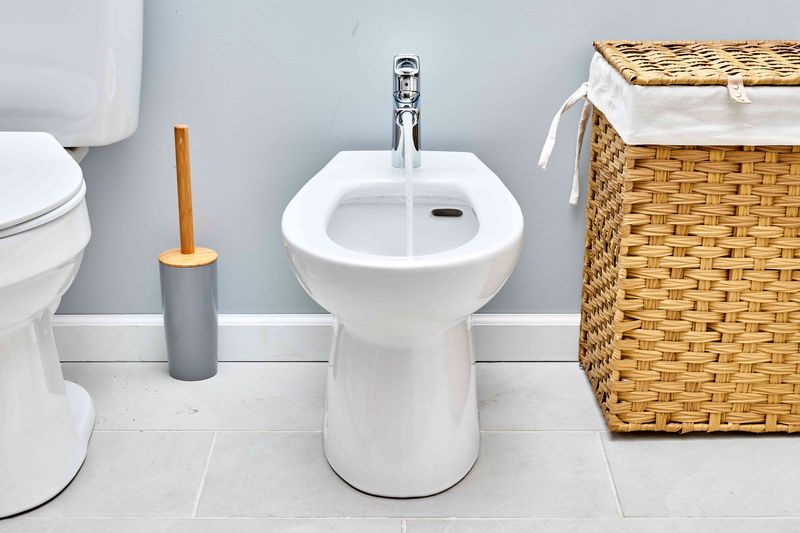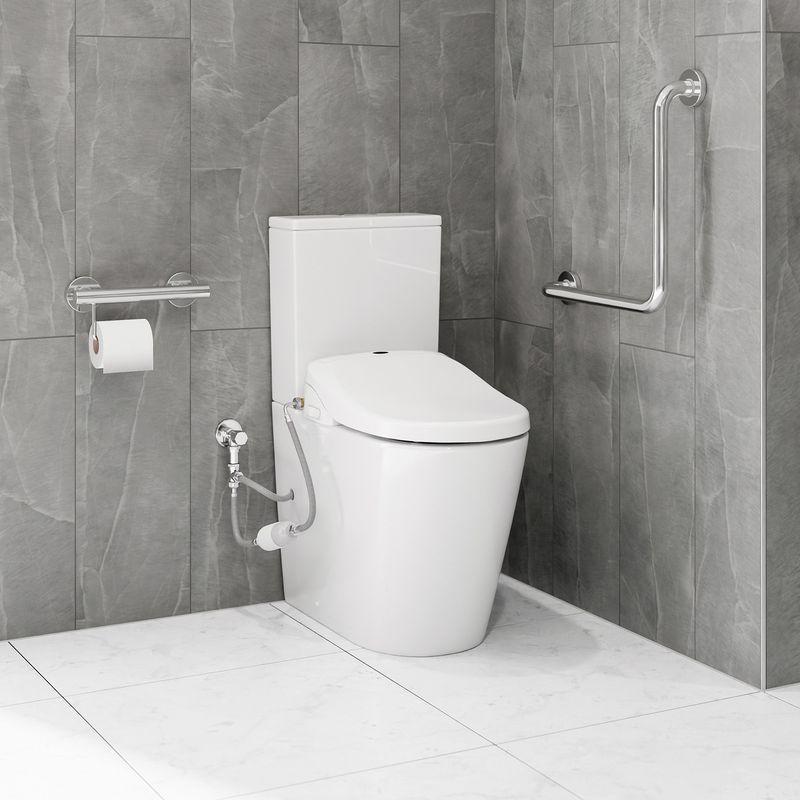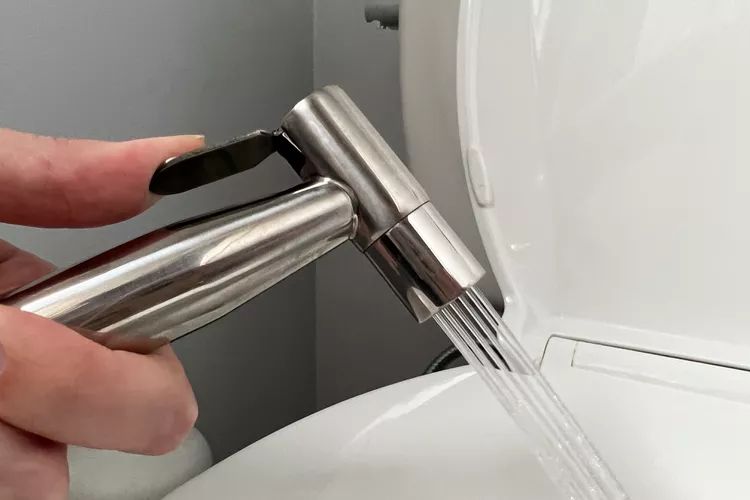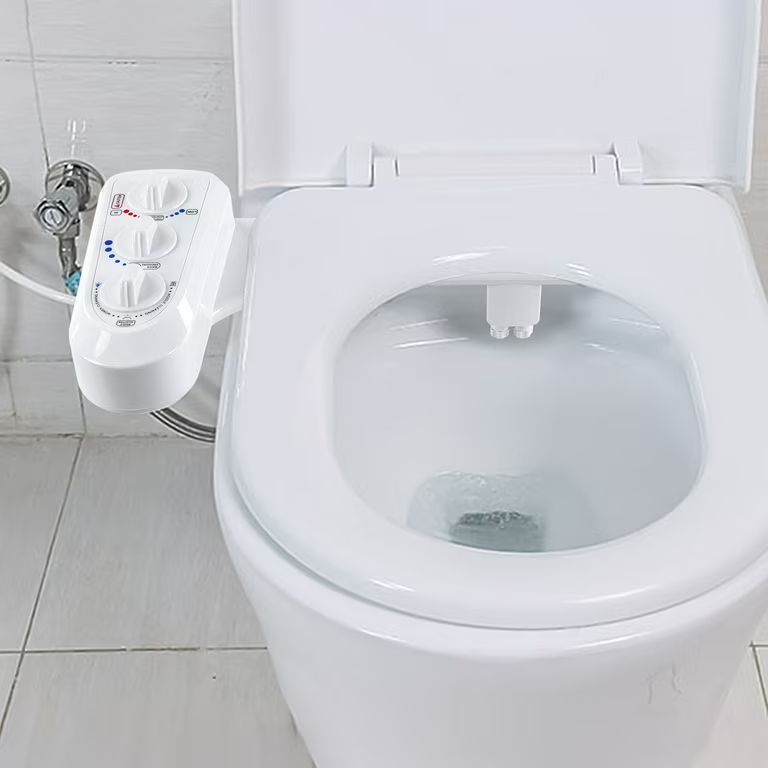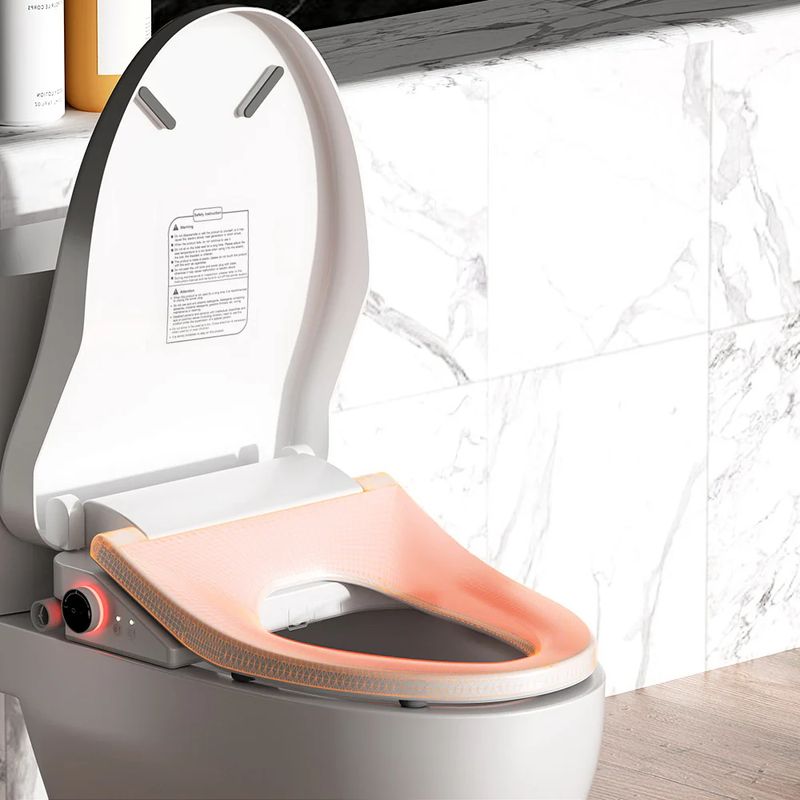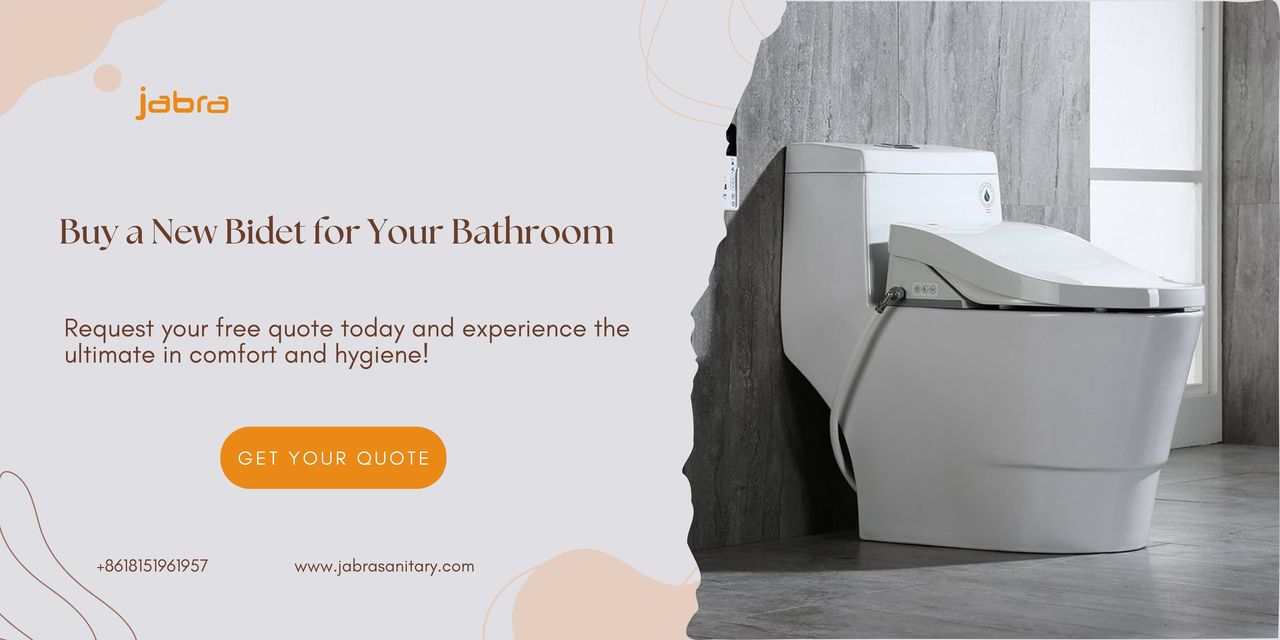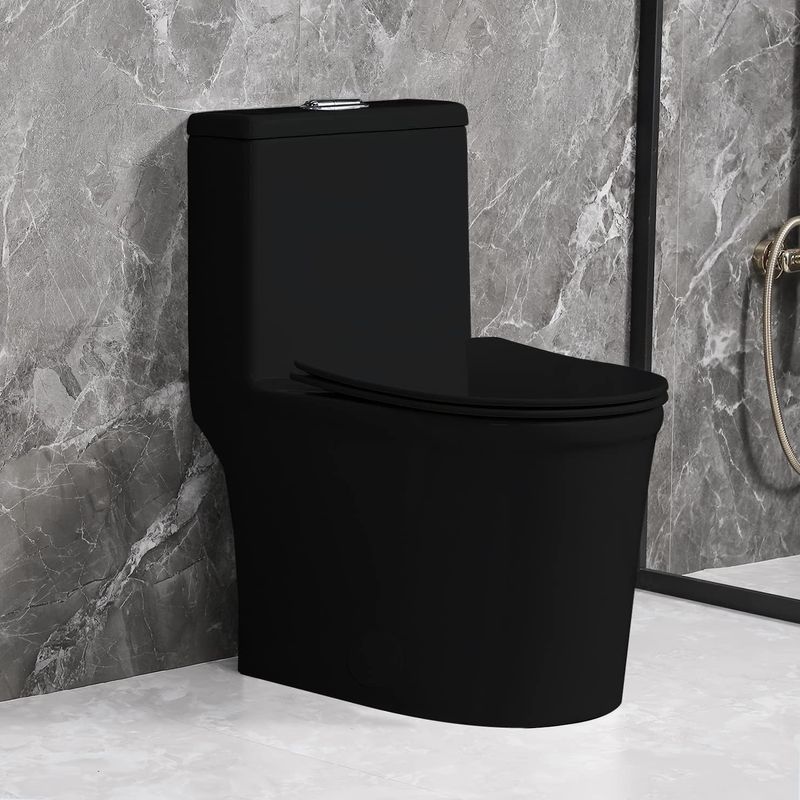 English
English
Jabra Sanitary is a sanitaryware supplier offering toilets, sinks, faucets, bathtubs, etc., at competitive prices. If you're a distributor, wholesaler, or project contractor, get a quote today!
 $23.9 Limited-time Offer
$23.9 Limited-time Offer Consignment Policy
Consignment Policy 20 Years of Experience
20 Years of Experience
Whether you're looking to reduce your reliance on toilet paper or want a more luxurious bathroom experience, installing a bidet is a great option. However, understanding the bidet toilet seat installation process is crucial for ensuring that your bidet functions properly and efficiently.
In this guide, we'll walk you through how to install a bidet in 6 easy steps with minimal tools. All by yourself. No plumber is needed!
Table of Contents
What is a Bidet Toilet Seat?
How to Install a Bidet?
Types of Bidets
Benefits of a Bidet
FAQs
Final Thoughts
A bidet toilet seat is a specially designed seat that replaces your standard toilet seat, adding the functionality of a bidet.
Unlike standalone bidets, which are separate fixtures, bidet toilet seats integrate with your existing toilet, offering features like adjustable water sprays, heated seats, and even air dryers.
These seats can be either electronic, offering advanced features, or non-electronic, focusing on the basic functionality of washing and cleaning.
Bidet toilet seats have become more popular because they are convenient to use and provide better hygiene. They provide a practical and affordable way to enjoy the benefits of a bidet without the need for additional plumbing or bathroom space.
Installing a bidet, whether it's a bidet toilet seat or a simple attachment, is a straightforward process that can often be done without professional help.
Here's a step-by-step guide to help you through the bidet toilet seat installation:
Tools and Materials Needed:
- Adjustable wrench
- Screwdriver
- Plumber's tape
- Bidet seat or attachment
- T-valve (usually included with the bidet)
Step-by-Step Guide for Bidet Attachment Installation: 6 Simple Steps
1. Turn Off the Water Supply: Locate the shutoff valve near your toilet and turn it off to stop water flow. Flush the toilet to empty the tank.
2. Remove the Existing Toilet Seat: Unscrew the bolts holding the current toilet seat in place. Remove the seat and set it aside.
3. Attach the Bidet Seat or Attachment: Position the bidet seat or attachment over the toilet bowl, aligning it with the bolt holes. Secure it in place using the provided hardware.
4. Connect the Water Supply: Attach the T-valve to the toilet's water inlet. Connect one side to the water supply line and the other to the bidet's water hose. Use plumber's tape on the threads to prevent leaks.
5. Test the Bidet: Turn the water supply back on and check for leaks. Test the bidet to ensure all functions are working correctly.
6. Bidet Electrical Outlet Installation: If you're installing an electronic bidet, make sure there's a GFCI electrical outlet near the toilet. If not, you may need to have one installed by an electrician.
Installation Tips:
- Before buying a bidet, ensure it's compatible with your toilet.
- Avoid over-tightening the threads or connections to prevent damage during installation.
- Regularly check the connections to ensure there are no leaks. <Lean how to fix toilet leaking issues.>
- If your bidet has a warm water feature, make sure the hot water supply is correctly connected.
Types of Bidets
There are several types of bidets available, each with its own advantages and installation requirements:
Standalone Bidets
Standalone bidets are traditional fixtures found in many European and Asian bathrooms. These are separate units placed next to the toilet, requiring additional space and plumbing.
While they offer comprehensive cleaning, their installation is more complex and typically requires professional help.
Bidet Toilet Seats
Bidet toilet seats replace your existing toilet seat, adding bidet functionality to your toilet. They come in both electronic and non-electronic versions.
These bidet seats are easy to install by following the above-mentioned steps.
Handheld Bidet Sprayers
Handheld bidet sprayers are hose attachments that can be installed alongside your toilet. They offer flexibility and control, allowing users to direct the water spray manually.
These are often the easiest to install and are a cost-effective option for those on a budget.
Built-In Bidets
Some modern smart toilets come with built-in bidet functions. These are integrated directly into the toilet design and offer a seamless experience. However, they tend to be more expensive and may require professional installation.
Bidet Attachments
Bidet attachments are devices that can be added underneath your existing toilet seat. They are typically non-electric and provide basic washing functions.
Unlike a bidet toilet seat or a bidet-toilet combo, an attachment connects directly to your water line and fits under your existing toilet seat.
Benefits of a Bidet
Bidets offer numerous benefits that go beyond just basic hygiene. Here are some key advantages:
Improved Hygiene
Bidets provide a more thorough cleaning than toilet paper alone, helping to remove bacteria and reduce the risk of infections.
The gentle water spray is also beneficial for those with sensitive skin or conditions like hemorrhoids, offering a more comfortable and effective cleaning method.
Eco-Friendly Alternative
Using a bidet significantly reduces the need for toilet paper, leading to less waste and a smaller environmental footprint.
By cutting down on paper usage, bidets contribute to the conservation of trees and reduce the strain on sewage systems.
Enhanced Comfort
Bidets, especially those with heated seats and adjustable water temperature, add a level of comfort to your bathroom routine.
This is particularly appreciated in colder climates, where the warmth of the seat and water can make a big difference.
Cost Savings
While the initial investment in a bidet may be higher, the long-term savings on toilet paper can be substantial. Over time, this can offset the cost of the bidet, making it a financially sound choice.
FAQs
Can I install an electronic bidet seat myself?
Yes, most electronic bidet seats are designed for DIY installation. The process is straightforward, involving simple steps like removing the old seat, attaching the bidet seat, and connecting it to the water supply and electrical outlet.
If you're unsure, refer to the manufacturer's instructions or consult a professional.
How long does installation take?
Installation of a bidet attachment or bidet toilet seat usually takes about 30 minutes to an hour, depending on your experience level and the complexity of the model.
Installing a standalone bidet can take longer, especially if new plumbing is required.
Can I install a bidet on any toilet?
Most bidet attachments and bidet toilet seats are compatible with standard toilets.
However, it's important to check the shape and size of your toilet to ensure proper fit, especially if you have an unusually shaped or compact model.
Do you need special plumbing for a bidet?
For bidet toilet seats and attachments, no special plumbing is required beyond the existing water supply line.
However, standalone bidets may require additional plumbing for hot and cold water connections, which could necessitate professional installation.
Are electronic bidet seats safe?
Yes, electronic bidet seats are designed with safety in mind.
They typically include features like ground-fault circuit interrupters (GFCI) to prevent electrical hazards, as well as automatic shut-off functions to protect against overheating.
What is the best height for a bidet seat?
The best height for a bidet seat is typically the same as that of a standard toilet seat, which is around 15-17 inches from the floor to the top of the seat.
For ADA-compliant toilets, the seat height is generally 17-19 inches, which may be more comfortable for those with mobility issues.
How do I clean an electronic bidet seat?
To clean an electronic bidet seat, use a soft, damp cloth and a mild cleaner. Avoid harsh chemicals that could damage the electronic components.
Many bidet seats also feature self-cleaning nozzles, which help maintain hygiene with minimal effort.
Final Thoughts
Bidets provide a cleaner and more eco-friendly option for modern bathroom hygiene. Although installing a bidet might require some time and patience, you can successfully install a bidet following the correct steps and precautions. <See how to install bidet on tankless toilet>
We hope these instructions are helpful. If you need a toilet or bidet, feel free to check Jabra toilet bidet and send your inquiry.







